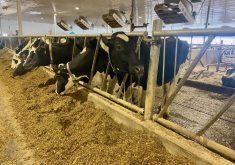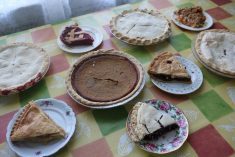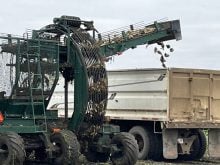Fred Taylor has seen a lot of cattle, dead and alive, and has found they often don’t reveal the value of their meat until their carcasses are hanging on the rail.
The show judge and Alberta supervisor for the Canada Beef Grading Agency told leaders and senior members of Saskatchewan 4-H at a conference Oct. 26 that producers can gain an extra $100-$200 from each of their animals if they can guarantee the quality as expressed by fat cover and marbling in the meat.
The only way cattle producers can know they are producing the right type of animal is by asking for their carcass data.
Read Also

Accurate accounting, inventory records are important
Maintaining detailed accounting and inventory records is not just a best practice; it’s a critical component of financial health, operational efficiency and compliance with programs like AgriStability.
Few people collect it, which Taylor said is a shame, considering his agency charges only $5 per animal to check the data compared to $15 charged by U.S. packers.
He said purebred cattle producers should also be interested and get their commercial herd customers to trace the animals produced and let them know the data.
He said there is a trend in the U.S. for bulls “that don’t look like much going for $50,000-$60,000 because of carcass data.”
Taylor told 4-Hers that cattle producers of the future will change their herds through the cows they use.
“I’m a firm believer in that 65 percent of genetics come from the mother.
“When you see good fat on a carcass, you want to keep all the daughters of that cow.”
Taylor also told the 4-Hers they should limit the size of their animals to less than 800 pounds. Restaurants want smaller and consistent cuts of beef and will buy foreign meat if Canadians can’t produce what they want.
Since last fall, Taylor said he has noticed the quality of Canadian cows is slipping. There are fewer triple As and less marbling compared to 2002. The only consolation, he said, is that U.S. cows’ quality is even worse, likely because drought has caused producers to feed them less quality feed and more straw.














